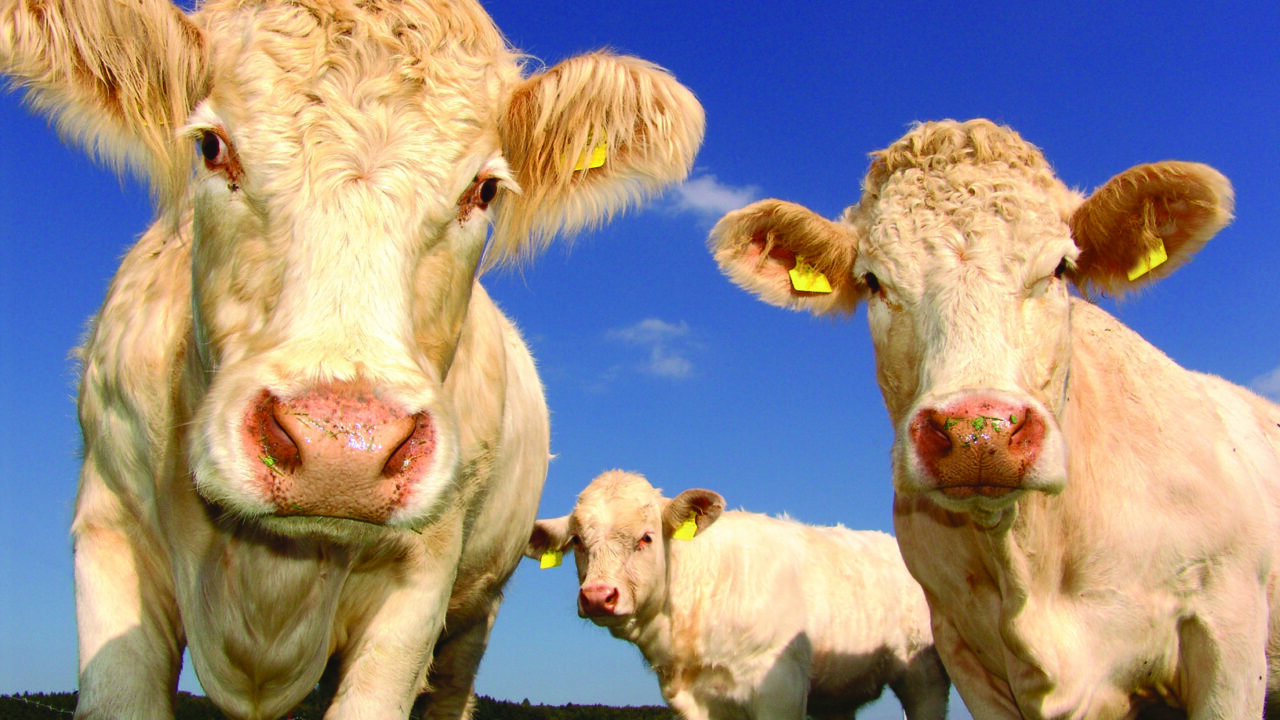Reducing greenhouse gas (GHG) emissions to comply with targets set out by the EU can be achieved in a number of ways without necessarily reducing stock numbers on Irish farms, according to European Commission officials.
The matter was discussed at a technical briefing on the Farm to Fork Strategy earlier this week, which detailed how the newly-unveiled strategy will tie in with the reform of the Common Agricultural Policy (CAP), as well as the EU’s Green Deal.
During the briefing, officials acknowledged that the livestock sector is more complex than the overall discussion on emissions may suggest at times, highlighting that one of the biggest challenges facing EU agriculture is knowledge transfer on the matter.
European Commission sources highlighted that this shows that there are numerous ways of making the livestock sector more carbon efficient, listing measures such as feed management, breeding programmes and the development of anaerobic digesters as factors in improving efficiency and cutting emissions.
Of particular note, one official highlighted that Europe has a very innovative feed additive sector, adding:
“There is amazing work that is going into the development of feed additives that can and do significantly reduce the emission of GHGs.”
“I think the overall aspect of innovation is something we will see as a flanking measure to meet this target or any other coming to the forefront,” the commission official said.
